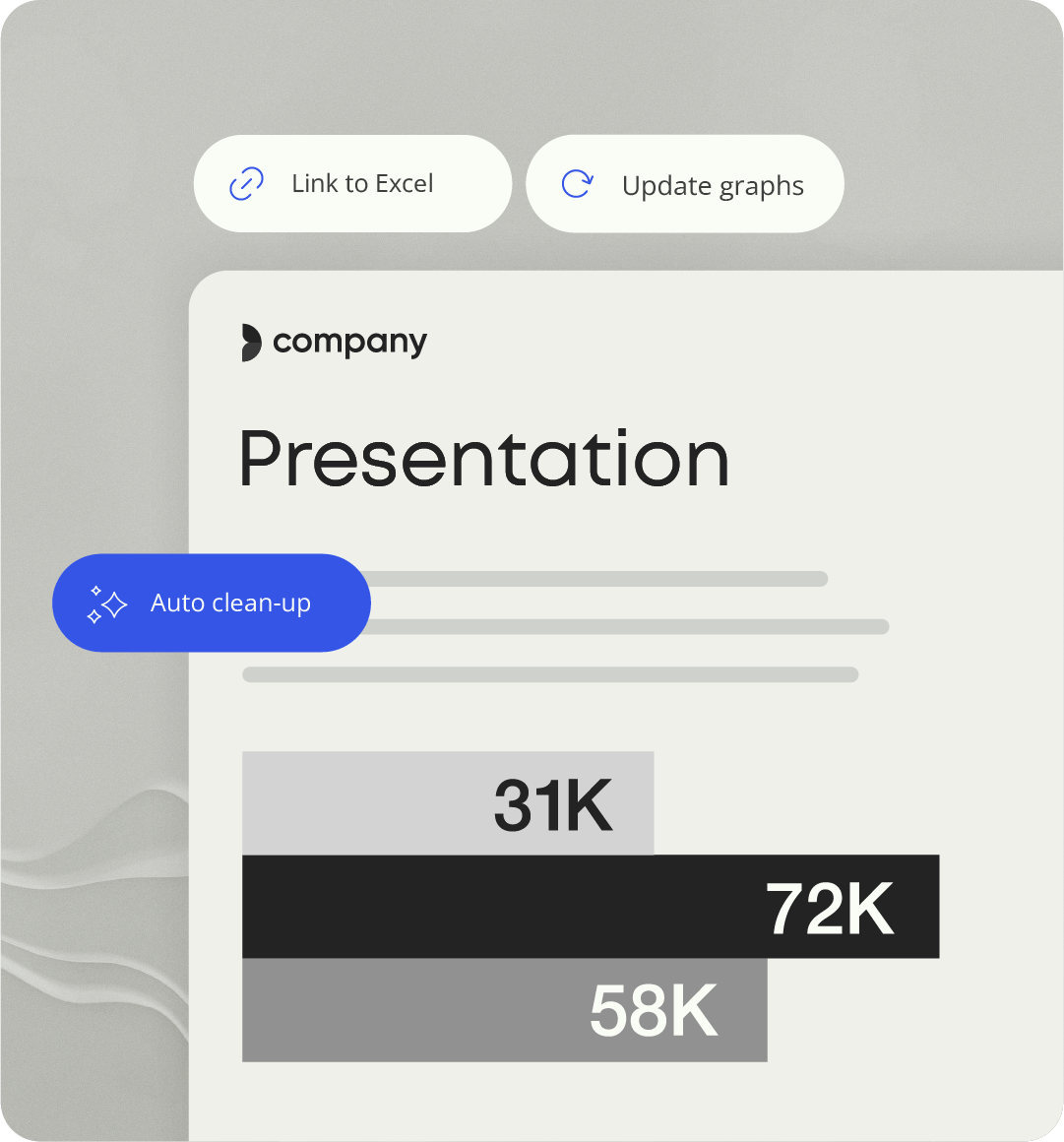Digital transformation of enterprise documents and templates

What is digital transformation?
Digital transformation is the term given to the process of updating traditional legacy workflows to more efficient, digital ones. The intention behind these changes is to adapt workflows to new technologies and software, and ensure processes are working as efficiently as possible.
Digital transformation is ongoing alongside continued technological advancement. The latest movement in digital transformation is from on-premise digital solutions to cloud-based ones, which are more appropriate for increasingly digital workplaces with multiple devices and office locations.
Enterprise digital transformation involves changes to:
- Document templates.
- Digital assets.
- Storage systems.
- Workflows.
- IT ecosystems and integrations.


Why is digital transformation important for enterprises?
Due to size and complexity, enterprise organizations are typically more positively impacted by digital transformation than smaller organizations. Enterprises often have multiple office locations across the globe, with employees who travel between different offices and use different devices.
This can prove a hindrance where legacy elements are prevailing, as it can be difficult for employees to access the workflows they need. As a result, digitally transformed workflows offer a huge benefit to enterprises, because their impact can save large amounts of time across the organization.
How digital transformation impacts documents and templates
Digital transformation affects multiple areas of a business. One area where it is beneficial is in enterprise document management: regardless of industry, all employees create and use documents and templates in their work. The first stage of digital transformation saw documents previously held in paper copy become available on computers. With this new setup, access becomes problematic as employees struggle to find up-to-date and on-brand templates, which can be stored on company intranets or downloaded to desktops.
Additional problems occur when document templates require updates. The process of updating and distributing document templates is cumbersome and resource-heavy for IT departments. For employees, finding and accessing the latest versions of templates and digital assets is still difficult, and results in incorrect branding and the risk of incompliance.


Technology and the rise of SaaS in digital transformation
Cloud-based digital transformation has provided an effective solution to template difficulties through software-as-a-service platforms, which are technology solutions that enhance employee workflows. Cloud-based technology has evolved in all forms of document workflow systems, such as DAM, DMS, CMS, ECM, CRM, and more. Each of these systems provides a digitally transformed way to aid workflows and enhance the experience for end-users, whether those are customers or employees. These new systems offer a more efficient way of working and boost productivity by removing time spent on tasks that are now automated.
SaaS systems are often stored on the cloud, making them more easily accessible for employees. With the global movement towards a more digital workplace, cloud-based technology is futureproof, as physical location is no longer an obstacle.
Templafy is a solution that enables digital transformation
Templafy is a cloud-based template management system, which enables the digital transformation of enterprise documents and templates. Templafy centrally hosts all document templates and digital assets in a location easily accessible by end-users creating documents. All templates and assets are updated and distributed by administrators through the Admin Center. This ensures that the correct versions of all templates and assets are always accessible for employees, and filters ensure that individual employees only see what’s relevant to them.
Templafy opens in a task pane in Office applications, meaning that employees can select the correct templates and elements needed, such as logos and text elements, as part of an intuitive workflow that saves time and aids productivity.The benefits of digital transformation are enhanced by Templafy’s ability to enhance workflows through bringing them into a cloud-based workplace.

Head in the clouds? The on-premise software vs. cloud debate
The differences between on-premise and cloud-based solutions explained.
5 reasons why your business should migrate to Microsoft 365
The key benefits offered from Office 365.